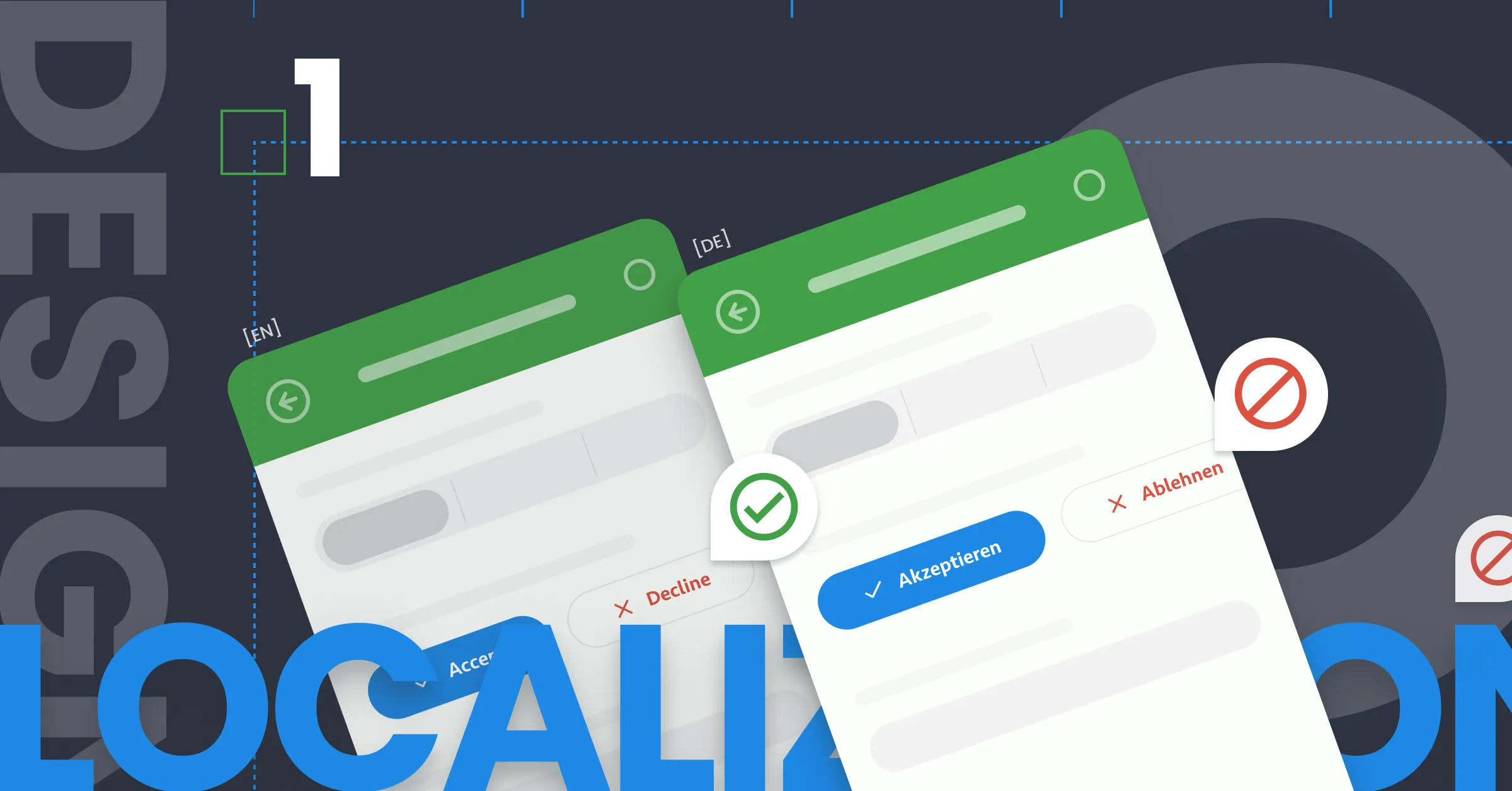
Subscribe
Stay updated with Crowdin by signing up for our newsletter

While English is known to be the lingua franca of the web, when you look at the the top languages by number of native speakers, the result looks fairly more diverse:
With language being the foundation of communication, it’s clear that if you want to make your web content available to an international audience, you can enhance the user experience by supporting more than a single language. Internationalization, often abbreviated to i18n, furthermore allows your business to expand globally and enter new markets.
In this article, we will explore the process of adapting a Next.js site that was initially designed for a single language & market to be able to cater to an international audience. We will achieve this by implementing internationalization using next-intl, a library specifically created for Next.js that offers all the relevant pieces for an internationalized web experience.
To practically explore this transition, we will discuss the Next.js internationalization of an e-commerce storefront for a bicycle manufacturer based in the UK that is planning to sell its products to Switzerland.

At Tomedes, a translation services agency, Crowdin has been one of the most useful tools for all translation and localization projects. It has allowed the company to work efficiently with our ever-growing community of 20,000 native translators to provide 120+ languages and 950+ language pairs.
This article will focus on how to onboard new vendors in using Crowdin and what features are most helpful when conducting QA management.

If you’re already a pro at localization, you probably think that localization is an excellent way to reach target audiences from a specific region. If you’re starting out, localization means the whole process of adapting content to suit a different regional audience.
Today, we’ll talk about the place of localization in UX and translation in design. In the past, localization may have been considered separate from the entire web design process. Maybe even an afterthought. But in the current, more vastly globalized web development scene, that mindset can lead companies dangerously closer to irrelevance.
UX Localization first, not last — this is one of my team’s common mantras at Tomedes, a localization services provider, believes in and applies in our customer projects. We’re adapting the client’s content from one region to another. We’ll tell you more about our experience of putting localization first and how Crowdin helps us with this approach.

If you have a software product that is used in more than one country, you know how important localization is. Incorrect translation, misinterpretation of cultural finer points, wrong design – all these are examples of low localization quality that leads to poor user experience.
High-quality localization implies not only seamless translation but attention to the tiniest details such as to design and use of the right metrics (for example, kg vs pounds or cm vs inches). At Alconost, we place the primary focus on localization quality, so we decided to share our best practices for ensuring the highest quality of translation and localization projects.